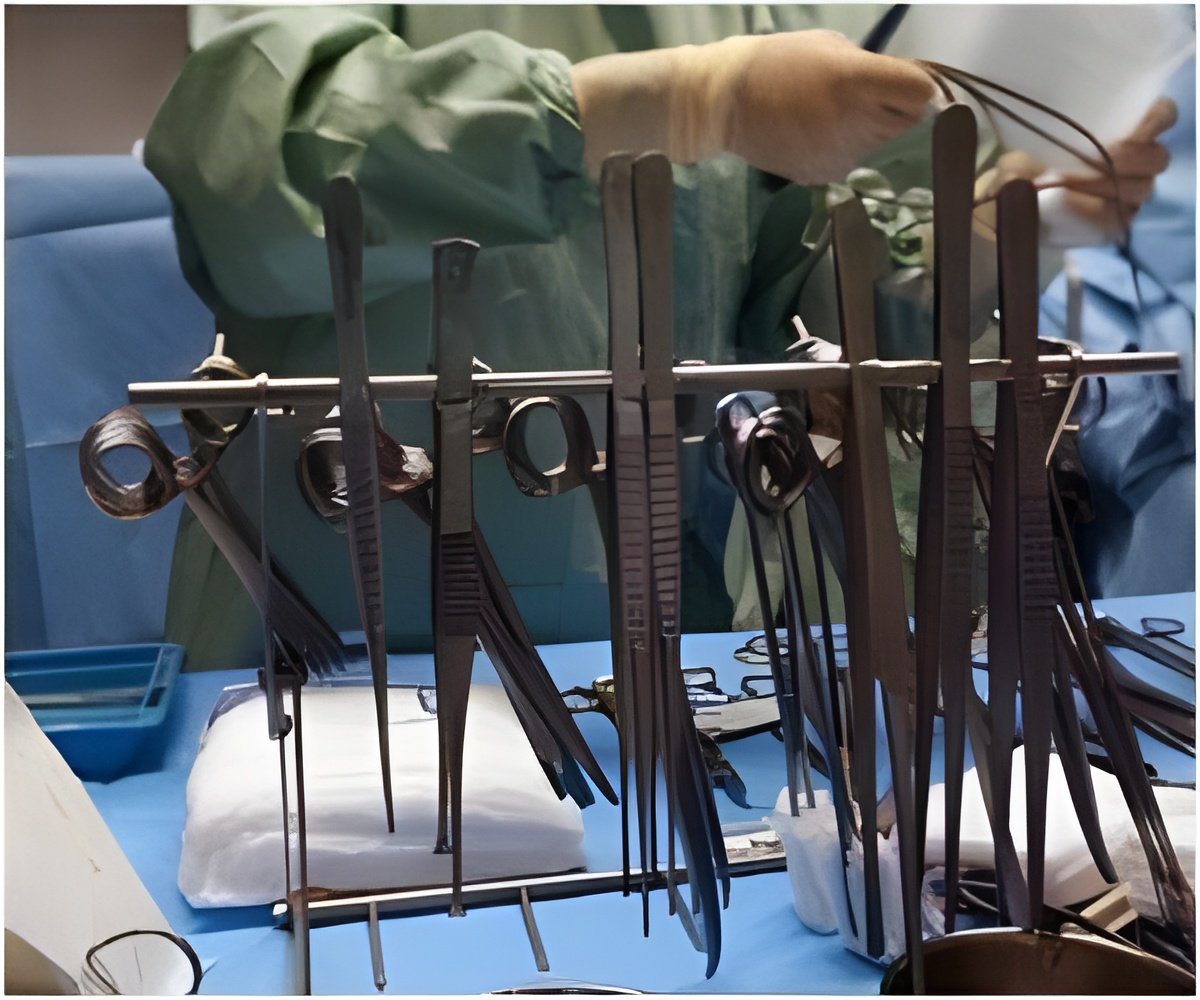
'Exceptional Team Effort' in Response to Boston Bombings
Surgeons and staff at BWH mobilized "an exceptional team effort" in treating victims of the horrific terrorist attack at the Boston Marathon finish line. In the wake of the bombing, BWH received 39 bombing victims, including seven critically injured patients arriving nearly at once. The first patient was resuscitated and on an operating table just 18 minutes after arriving at the BWH trauma center, and about 35 minutes after the explosion.
Thirteen patients underwent emergency surgery within the first few hours after the event. BWH surgeons performed a total of 72 surgeries in a total of 181 hospital days, with the most severely injured patients requiring multiple surgeries. In an intensive effort lasting more than a month, surgeons, residents, nurses and other staff volunteered for extra shifts to reduce the backlog of blast-injured Bostonians requiring surgery.
"[F]rom the first moments of hospital care being initiated it was truly a team effort with orthopedic surgery, plastic surgery, trauma surgery and vascular surgery standing shoulder to shoulder in the trauma bays, and together in the operating rooms, Dr. Caterson and coauthors write. They believe that "prepositioned collaborative relationships" among surgical specialties at BWH could provide a useful model of collaboration for responding to mass casualty events—military as well as civilian. With expertise in facial trauma, hand and burn surgery, and wound management, plastic surgeons can play a key role in coordinating surgical care, "with a broad perspective on functional recovery."
Critical Lessons from Combat Care in Response Civilian Casualties
Advertisement
Quick-clotting military combat gauze plays a similar role in stopping bleeding in places where a tourniquet can't be used, such as the neck or groin. For internal bleeding, the blood-clotting drug tranexamic acid is effective. Other critically important techniques include fracture splinting and emergency airway management. "All of these lifesaving lessons should be incorporated into our civilian mindset when we were dealing with casualties of a potential terrorist attack," according to the authors.
Advertisement
Source-Eurekalert









